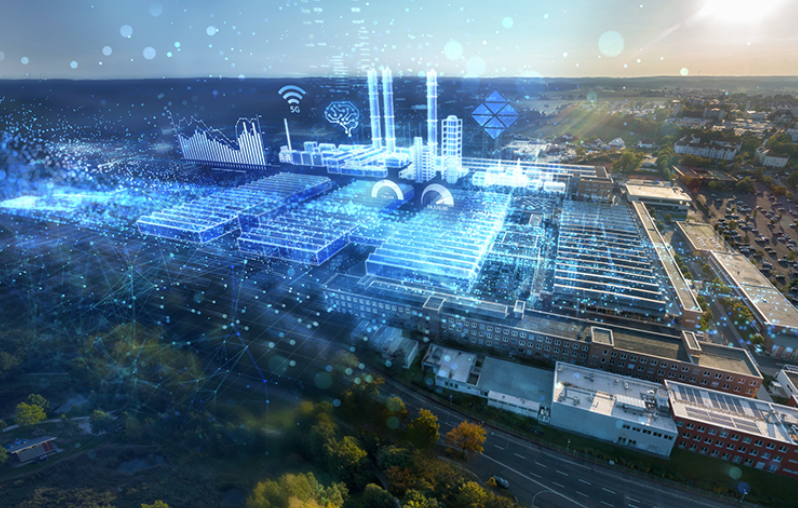Digital Twin technology plays a significant role in creating sustainable infrastructure by providing a virtual replica, allowing planners and operators to optimize performance and reduce environmental impact. Here we share questions about the sustainable infrastructure that a Digital Twin can answer:
Which Comes First, The Asset or the Twin?
People often ask which comes first, the asset or the twin, the answer depends on the use case. In the case of Design and Construction, before the asset is built, Digital Twin technology can be used to identify potential issues and optimize energy efficiency. This includes using simulations to test different designs, materials, and construction methods before they are implemented in the real world. Data sources here include Building information modeling (BIM), Geographic Information Systems (GIS), Remote sensing including aerial photography, satellite imagery, and LiDAR data. Environmental data sources, such as weather data and air quality monitoring, and Material databases including composition, properties, and environmental impact. Energy modeling software to simulate how a building will perform under different environmental conditions.
By using these data sources and integrating them into an intelligent digital twin model that not only provides simulations but also predicts project outcomes in the design and construction process. Architects, engineers, and construction teams can make more informed decisions that optimize sustainability, reduce waste, and improve the overall performance of the building or infrastructure asset.
Build or Reuse Infrastructure for Sustainable Outcomes?
Both building new and reusing existing buildings can be effective strategies for achieving sustainability goals. The decision to build or reuse is based on a thorough assessment of the specific circumstances, including factors such as energy efficiency, embodied carbon, adaptability, historical value, and cost. All these factors and their respective data sources can be integrated into a digital twin model to allow it to simulate and provide scenario planning to guide optimal outcomes based on the data provided. Data sources here include site analysis, cost analysis, sustainability analysis, infrastructure condition assessment, and community engagement.
Maintenance and Upkeep
Smart infrastructure requires ongoing maintenance and upkeep to ensure that it continues to function effectively over time. Ensuring that these systems are properly maintained and updated can be a significant challenge, particularly given their complexity. Interoperability here is key in a Digital Twin model, to enable real-time monitoring of infrastructure assets, enabling predictive maintenance, and reducing downtime. Smart infrastructure systems often involve multiple devices, sensors, and data sources, which can present challenges in terms of interoperability. With adequate Digital Twin architecture design, all these components can communicate and work together effectively to avoid significant challenges in the long run.
Digital Twin technology is a powerful tool for creating sustainable infrastructure, enabling planners and operators to optimize performance, reduce waste and energy consumption, and improve environmental sustainability. By leveraging this technology, cities can create more livable, resilient, and sustainable communities for their citizens.
Thynkli specializes in Digital Twin architecture design and implementation services. Our multidisciplinary team works on use case development, system integration, data management, and governance framework.
From strategy to execution, we leverage various technologies to maximize ROI and help customers maintain ownership of their Digital Twin technology stack.

